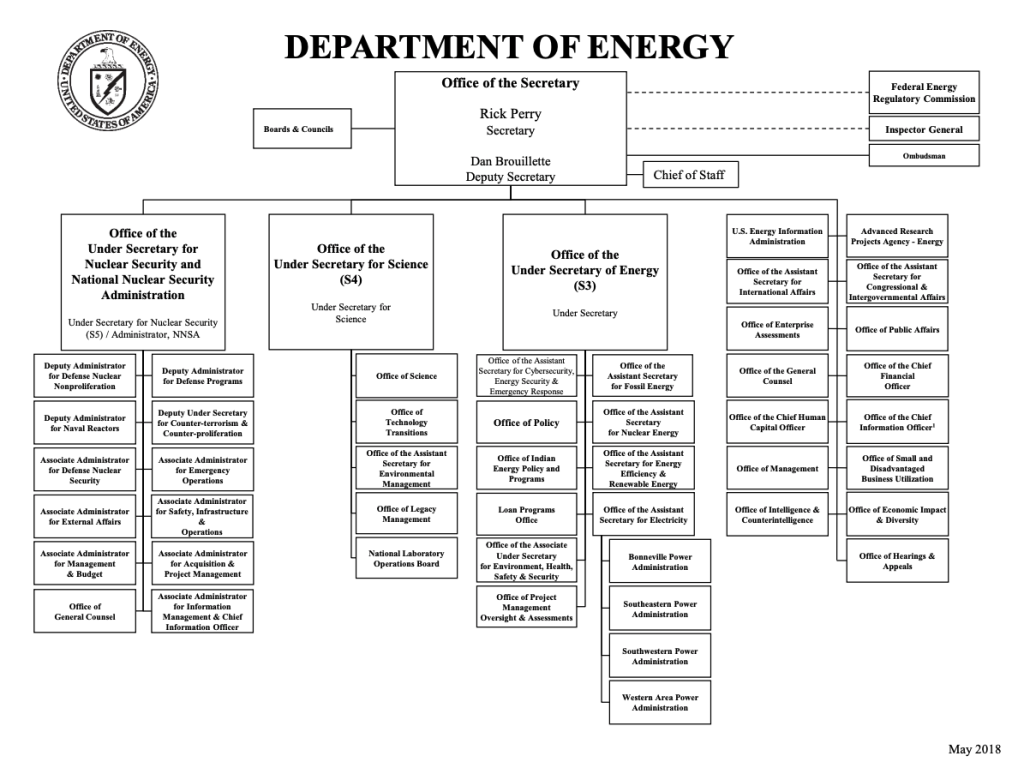21 Organizing
Learning Objectives
- What are the primary functions of managers in organizing activities?
A second key function of managers is organizing, which is the process of coordinating and allocating a firm’s resources in order to carry out its plans. Organizing includes developing a structure for the people, positions, departments, and activities within the firm. Managers can arrange the structural elements of the firm to maximize the flow of information and the efficiency of work processes. They accomplish this by doing the following:
- Dividing up tasks (division of labor)
- Grouping jobs and employees (departmentalization)
- Assigning authority and responsibilities (delegation)
These and other elements of organizational structure are discussed in detail elsewhere. In this chapter, however, you should understand the three levels of a managerial hierarchy. This hierarchy is often depicted as a pyramid, as in Exhibit 6.3. The fewest managers are found at the highest level of the pyramid. Called top management, they are the small group of people at the head of the organization (such as the CEO, president, and vice president). Top-level managers develop strategic plans and address long-range issues such as which industries to compete in, how to capture market share, and what to do with profits. These managers design and approve the firm’s basic policies and represent the firm to other organizations. They also define the company’s values and ethics and thus set the tone for employee standards of behavior. For example, Jack Welch, the former CEO of General Electric, was a role model for his managers and executives. Admirers say that he had an extraordinary capacity to inspire hundreds of thousands of people in many countries and he could change the direction of a huge organization like General Electric as if it were a small firm. Following his leadership, General Electric’s executives turned in impressive results. During his tenure, General Electric’s average annual shareholder return was 25 percent.10

The second and third tiers of the hierarchy are called middle management and supervisory (first-line) management, respectively. Middle managers (such as division heads, departmental managers, and regional sales managers) are responsible for beginning the implementation of strategic plans. They design and carry out tactical plans in specific areas of the company. They begin the process of allocating resources to meet organizational goals, and they oversee supervisory managers throughout the firm. Supervisors, the most numerous of the managers, are at the bottom of the managerial pyramid. These managers design and carry out operational plans for the ongoing daily activities of the firm. They spend a great deal of their time guiding and motivating the employees who actually produce the goods and services.
Benefits of Organizing
While the planning function of managers is essential to reaching business goals, lots of careful planning can go to waste if managers fail to organize the company’s assets and resources adequately. Some of the benefits of organizing include the following:
- Organization harmonizes employees’ individual goals with the overall objectives of the firm. If employees are working without regard for the big picture, then the organization loses the cohesion necessary to work as a unit.
- A good organizational structure is essential for the expansion of business activities. Because organizational structure improves tracking and accountability, that structure helps businesses determine the resources it needs to grow. Similarly, organization is essential for product diversification, such as the development of a new
product line.
- Organization aids business efficiency and helps reduce waste. In order to maximize efficiency, some businesses centralize operations while others arrange operations with customer or regional demands in mind.
- A strong organizational structure makes “chain of command” clear so employees know whose directions they should follow. This in turn improves accountability, which is important when outcomes are measured and analyzed.
This is a short list of the benefits managers (and businesses) realize when they take the time to organize. When it comes to the particular organizational structure a business follows, a variety of factors, such as size, industry, and manager preference come into play.
Types of Organizational Structure
Organizations can be structured in various ways, with each structure determining the manner in which the organization operates and performs. An organization’s structure is typically represented by an organization chart (often called simply an “org chart”)—a diagram showing the interrelationships of its positions. This chart highlights the

Each division can correspond to products or geographies of the organization. Each division contains all the necessary resources and functions within it to support that particular product line or geography (for example, its own finance, IT, and marketing departments). Product and geographic divisional structures may be characterized as follows:
-
Product departmentalization: A divisional structure organized by product departmentalization means that the various activities related to the product or service are under the authority of one manager. If the company builds luxury sedans and SUVs, for example, the SUV division will have its own sales, engineering, and marketing
departments, which are separate from the departments within the luxury sedan division.
- Geographic departmentalization: Geographic departmentalization involves grouping activities based on geography, such as an Asia/Pacific or Latin American division. Geographic departmentalization is particularly important if tastes and brand responses differ across regions, as it allows for flexibility in product offerings and marketing strategies (an approach known as localization).
Functional Structure
In a functional structure, a common configuration, an organization is divided into smaller groups by areas of specialty (such as IT, finance, operations, and marketing). Some refer to these functional areas as “silos”—entities that are vertical and disconnected from one another. Accordingly, the company’s top management team typically consists of several functional heads (such as the chief financial officer and the chief operating officer). Communication generally occurs within each functional department and is transmitted across departments through the department heads.

Functional departments are said to offer greater operational efficiency because employees with shared skills and knowledge are grouped together according to the work they do. Each group of specialists can therefore operate independently, with management acting as the point of cross-communication between functional areas. This arrangement allows for increased specialization.
One disadvantage of this structure is that the different functional groups may not communicate with one another, which can potentially decrease flexibility and innovation within the business. Functional structures may also be susceptible to tunnel vision, with each function seeing the organization only from within the frame of its own operation. Recent efforts to counteract these tendencies include using teams that cross traditional departmental lines and promoting cross-functional communication.
Functional structures appear in a variety of organizations across many industries. They may be most effective within large corporations that produce relatively homogeneous goods. Smaller companies that require more adaptability and innovation may feel that communication and creativity is limited by the silos that result from functional structures.
Concept Check
- Explain the managerial function of organizing.
- What is the managerial pyramid?
Media Attributions
- 6.3
- Private: 8.11
- Private: 8.11.1

